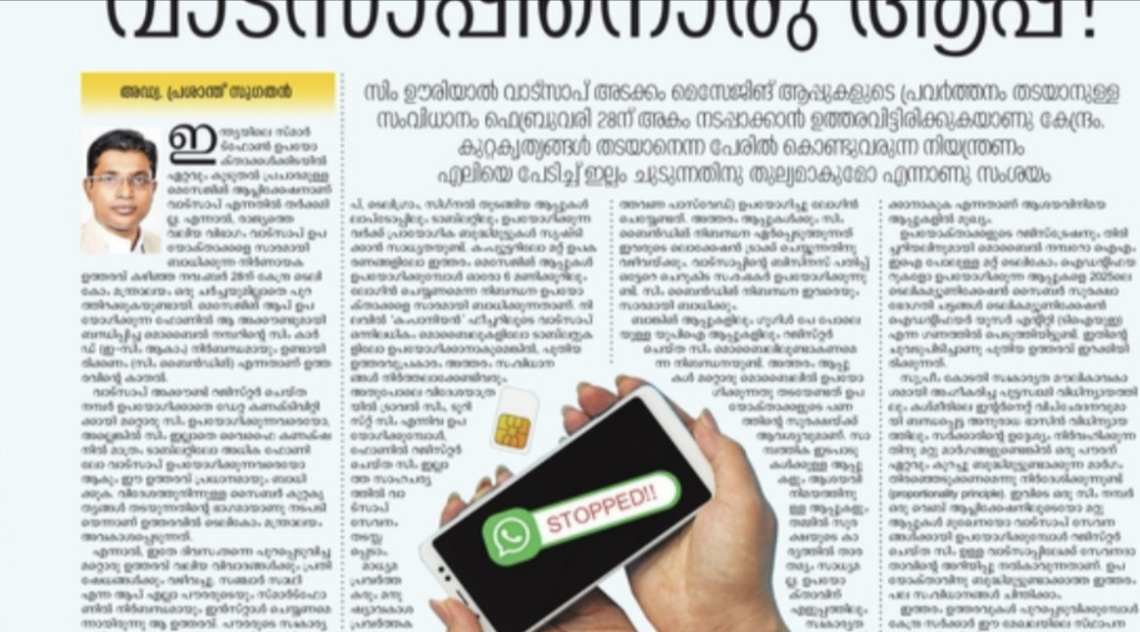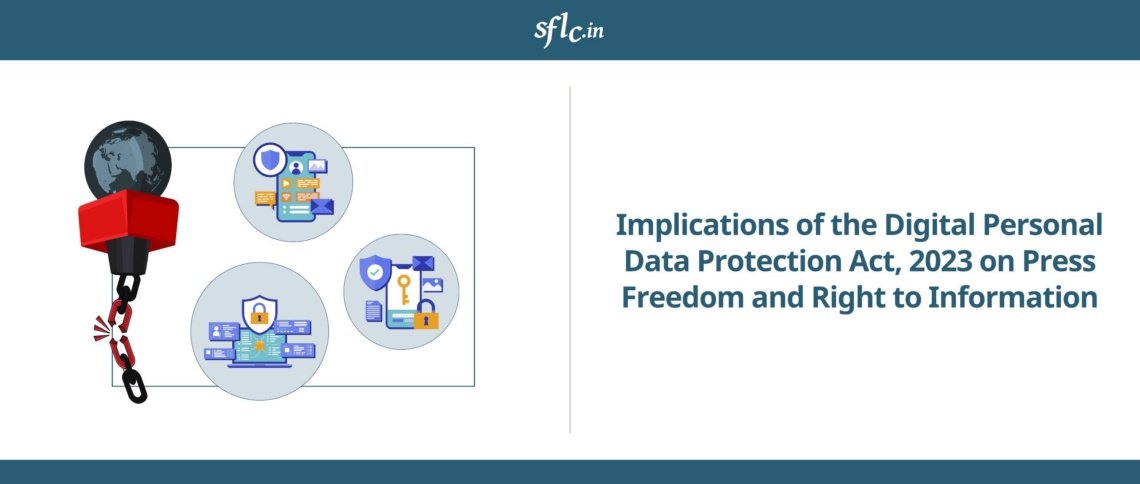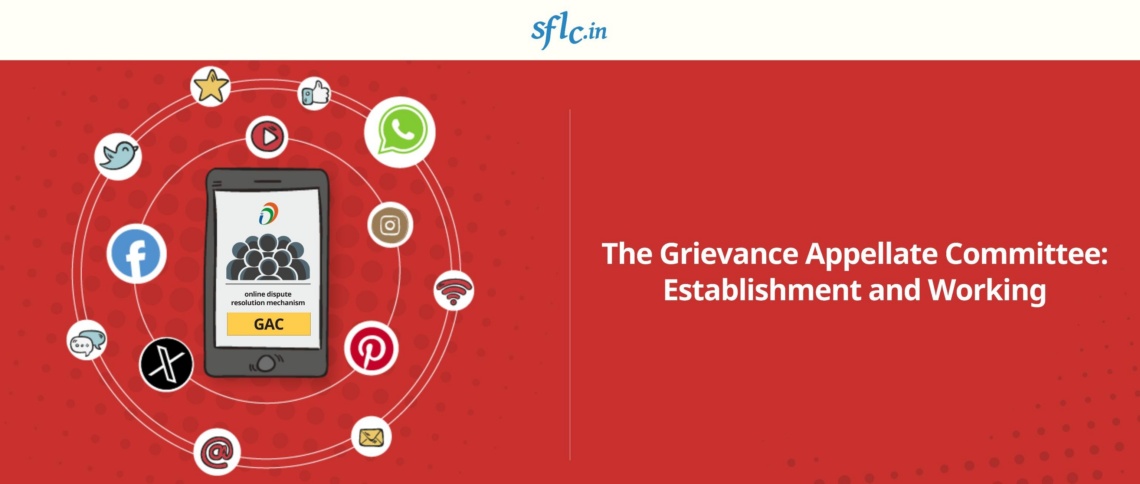Playing With The Cultural Thin Skin: An Interrelationship between History, Censorship, and Video Games in India and the United States of America
In the last few decades, technological developments have transformed our world at an unprecedented scale. This technological renaissance has contributed to different sectors in our daily lives, such as industry, communications, and entertainment. The advent of the Internet has overhauled the way we consume and share knowledge. Entertainment sector, in particular, has benefitted significantly from these developments, making it possible for generation Y to stream high definition (“HD”) content or play HD games on smart devices in their pockets. In the gaming sector (not limited to online gambling), easier access to technology has enabled developers to produce video games (“VG”) with more detailed narratives and life like expressions. For instance, in VGs like Valiant Heart and Tropico 3 one experiences detailed journeys through landmark historical events.
While the United States’ (“US”) judiciary has thoroughly considered several Freedom of Speech and Expression (“Free Speech”) issues in VG, the discourse has primarily been dominated by concerns around obscenity. On the eastern end, India’s VG sector is expected to reach US 1 billion in 2021. Despite the exponential growth, there has barely been any legislation to regulate or discussions before the Indian judiciary regarding the legal challenges this industry presents. As virtual reality (“VR”) breaks the physical barriers between fantasy and reality, it is pivotal at this juncture to explore the limits to which certain experiences that have done down as dark days can be glorified in VGs. This paper analyzes the legal issues which may arise in India and the US with VGs based on “disturbing” historical events such as the holocaust, 9/11 twin-tower attacks, the 1984 operation Blue Star. It further discusses the legal challenges presented by gaming content that use famous historical personalities as avatars (protagonists and villains). Since the jurisprudence specific to history and folklore vis-à-vis video games is underdeveloped, the paper will consider other epistemic avenues, including the courts’ deliberations about other categories of literary work and media. It is fascinating to explore how the existing Free Speech discourse would treat such VGs, but on the other end, it is equally crucial to introspect the social impact of such games and how they “ought to be” treated by the society.
The paper proceeds in the following manner: the second section briefly discusses the Free Speech vis-à-vis VGs in the US. For analysis of history-themed based VGs, certain hypothetical games have been considered in the section. Part III recounts the development of Free Speech in India, it’s differential treatment of historically respected personalities and how it may apply to gaming content. For analysis of history-based VGs in India, the paper delves into certain external considerations specific to India and how they may impact the video games’ content development. While fictionalizing history for novels and motion pictures has been a common phenomenon, there’s no certainty if the same standards of artistic liberty should apply to VGs as well. Sceptics contend that VGs being more immersive and interactive tend to promote violent tendencies. However, there are research backed studies to refute these claims as highlighted in the paper. The concluding section consolidates the potential challenges to the evolving India’s Free Speech jurisprudence and nascent gaming industry, particularly for developing content driven VGs and how such challenges can be appropriately addressed without hampering this industry’s growth.




